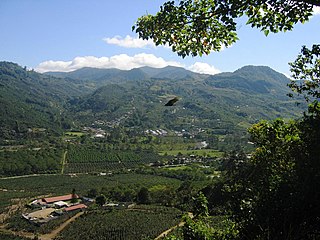As the creator of MARTA Army's
Operation TimelyTrip, I wanted to pause a moment and
write about how Operation TimelyTrip went from the proof-of-concept
stage last year to full launch. This post focuses on the short proof-of-concept (the minimum viable product) stage. Operation TimelyTrip is
MARTA Army's first initiative, with volunteers ("soldiers")
adopting 50 bus stops on the first day at Transportation Camp, and more stops being adopted and outfitted with printed schedules as MARTA Army visits different communities in Atlanta.
Because it is independent of MARTA, MARTA Army can
execute experiments and fast pivot/persevere cycles that otherwise would be very difficult to implement. TimelyTrip is the poster example of a fast-cycle experiment that will lead to recommendations on how MARTA and the Atlanta region can successfully implement a system-wide bus signage program.
 |
| MARTA Army Operation TimelyTrip signs. |
Minimum Viable Product (MVP)
A
minimum viable product (MVP), sometimes called proof-of-concept, is the cheapest thing I needed to show to prospective clients/sponsors that embodies the concept you are trying to promote. You should be able to do live demonstrations with it.
For TimelyTrip, the concept is to draw people to take the bus. So, the minimum viable product was a sheet of paper with printed schedules inserted into a job ticket holder that as already attached at one bus stop in Midtown Atlanta.
 |
| TimelyTrip proof-of-concept |
If you compare the minimum viable product and the "finished" product, they don't look anywhere close. The minimum viable product does not include names, logos, colors, and only includes core features:
- A simple call to action: "Take the bus to X and Y..."
- Routes serving the stop.
- Combined schedule by service days for that particular stop (two routes on identical routing from the stop).
- A QR code that points to the old OneBusAway site, and some text telling people that it was something they could scan and what they would get from it.
- Disclaimers.
Behind the scenes:
- I pulled the times for that stop from the database that MARTA publishes in GTFS format (the same data that goes on Google Maps), so yes there is quite a bit of tech involved even for a minimum viable product.
- I pasted the times into a spreadsheet for basic formatting.
- I pasted the old OneBusAway URL into a QR code generator and captured the picture.
- I printed the sign on letter paper and black and white.
Note that bus stops with printed schedules already exist in Atlanta, however there is a gap with the information provided and the information needed:
- In Cobb County, most CCT bus stops signs show route numbers and have a smaller sign with printed schedules.
- Only MARTA shelters and a few other stops provide printed schedules.
- MARTA CCT printed schedules at bus stops only provides departure times at time points, not the times for a specific stops.
- Neither CCT or MARTA provides access to real-time arrivals for people waiting at a particular bus stop. To access real-time arrivals, riders must go to a website or navigate an app on their smartphone.
First Milestones
In the
innovation accounting principle from
Eric Ries's Lean Startup, the performance of minimum viable products should be measured, and a decision of whether to persevere or to pivot is to be made.
The first thing I wanted to know was how long the makeshift sign was going to last under early Fall weather. I was surprised the sign lasted three weeks before the job ticket holder was removed. (I don't know who removed it).
Conclusion: Persevere. Bus signage can probably last a few weeks in the Atlanta wild environment.
Surprisingly, there were not many scans from the QR code. The QR code was scanned less than 10 times during the three-week period, mostly for trial purposes. It would be necessary to create more signs and point out to users to the QR code that they can use with their smartphone.
Conclusion: Persevere. QR codes are not difficult to add to a sign, we can keep them for now.
Of course, I had to reach out to MARTA to get their feedback. The entire TimelyTrip experiment would not have gone this far if MARTA's response was not encouraging from the get go.
Conclusion: Persevere.
Conclusion of Part 1
The
TimelyTrip concept looked like it could last if there was a good way to get signs at some of these bus stops. I had a minimum viable product that embodies the concept I wanted to draw new and potential rides to the bus. Now the next challenge was to get some traction, and that will be the topic for Part 2. Stay tuned!






































